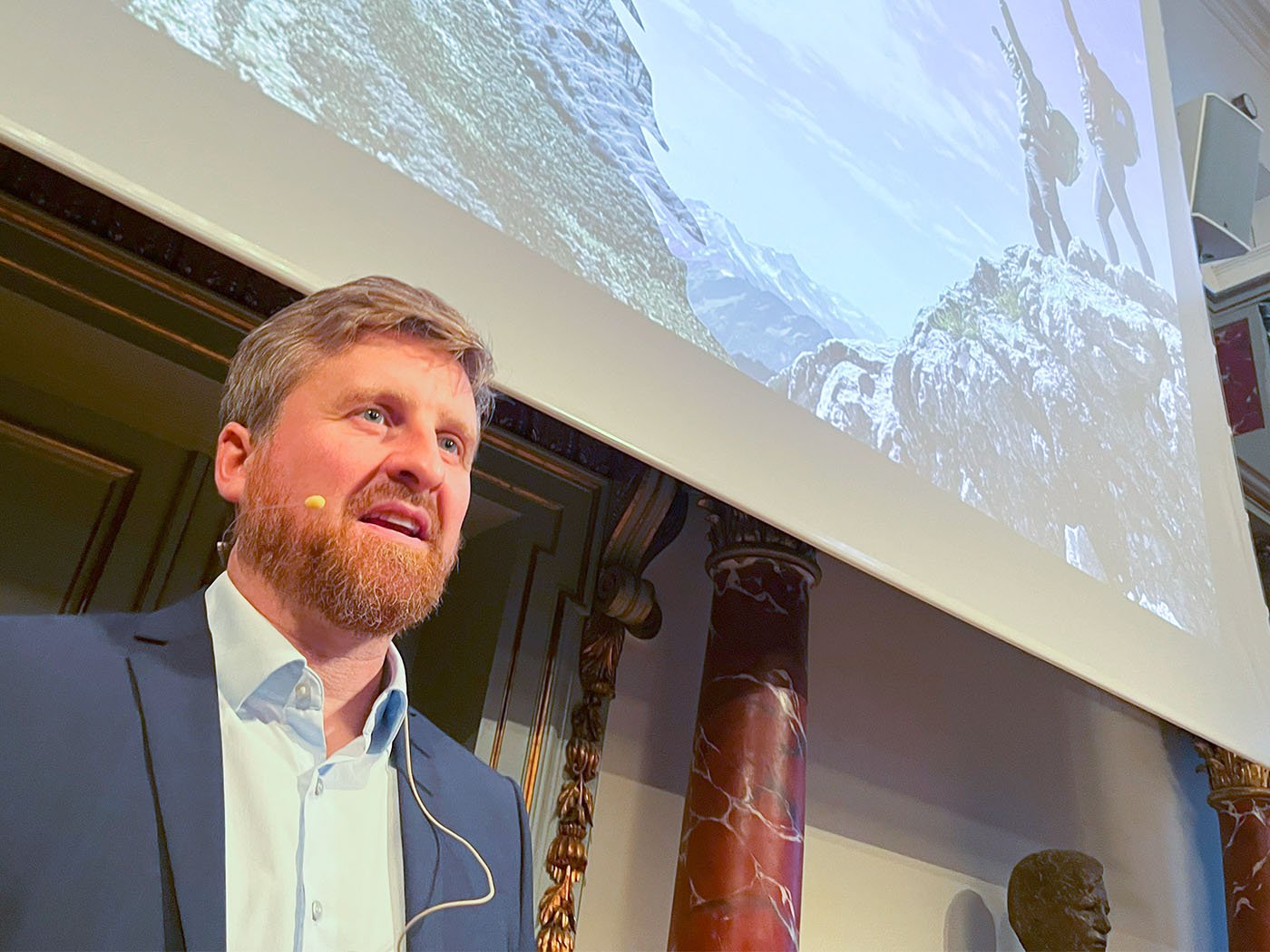Having trouble holding on to your new employees? Or does it take too long for them to settle in the organisation? At Evovia we find that an ongoing dialogue between manager and employee helps ensure a good onboarding process.
4 % of all recruitments do not stay on after their first day at work. This is a great pity, not just for the companies that lose time, money and manpower, but also for the employees who have a bad experience. If an employee quits after three or six months, it is also bad, because then you have spent resources on training them without getting a return on the investment. Because that's exactly what onboarding is. An investment.
Studies show that after just six months, new employees know whether they can see themselves in the company in the long term. Therefore, it is extremely important to organise as good and as involving an onboarding process as possible. A process where you, as a manager, are in a continuous dialogue with the employee and where you can pick up on and make accommodations for issues that might otherwise make the employee look elsewhere.
And in order to do that, it is necessary to understand the entire course of events when an employee starts in a new job. We will give you an overview of that in this article.
Employees are looking for answers
Jan Tønnesvang has developed a revitalization compass based on four parameters that influence how you are feeling at work. These four parameters are:
- Mastering (I master my tasks)
- Meaning (I consider my work meaningful)
- Belonging (I feel that I belong at my work)
- Autonomy (I am myself when working)
The sooner the employees get an experience of mastering their tasks, sense meaning in their work, feel a sense of belonging and of being able to be themselves, the greater the chance that the employee stays with the company. To get there, according to Marcus Buckingham, the employee must embark on a tough climb of Mt. Onboarding.
As with regular mountaineering, the employee has to camp at various heights along the way to adapt to the surroundings. During an onboarding process, one will adapt by searching for answers to a number of questions. This might be questions such as ”Do I know what is expected of me?”, ”Is there anything about the job that stimulates my development?” or ”Does the purpose of the organisation make me feel proud?” If you go straight for the top without finding the answers to those questions, you run the risk of just burning out or feeling inadequate or – if we keep to the language of mountaineering – get altitude sickness.
Along the way, the employee may need to descend to a lower camp if some ambiguity suddenly arises about a question. An employee might, for example, have reached Camp 1, but then get a task from the manager that makes them uncertain about what is expected. In this case, the employee may need to take a step down the mountain in order to find the answer to that question.
Here's how to help find the answers
As a manager, you are the guide who shows the way to the top. Hersey and Blanchard have some ideas on how to be the best possible guide.
According to them, a start-up period spans four levels of development for the employee.
- Level 1: Low competence – high commitment
- Level 2: Some competence – low commitment
- Level 3: Moderate competence – fluctuating commitment
- Level 4: High competence – high commitment
The employee's level of competence for each level, while the employee's commitment gets a bit more volatile. Therefore, different types of actions are required on the part of the manager in order to guide the employee through each level. On the first level, the manager should be instructive, while they should take a more coaching approach on level 2. When the employee reaches level 3 and experiences fluctuating commitment, it is important that the manager supports the employee through it. On the last level, the employee is very close to the top of Mt. Onboarding and has a high level of commitment, while at the same time experience all four feelings referred to by Tønnesvang: mastery, meaning, belonging and autonomy. In this phase, the manager must assume a delegating management style.
Dialogue also develops new employees
The onboarding process must follow the changing needs of the employee during each phase, and the immediate manager plays a crucial role because he or she has to adapt their management style.
An important keyword in this context is dialogue. It is not enough to have a general idea of how the employees experience their journey into and through the company and then adapt accordingly. As a manager, you have to read the specific situation by setting aside some time to ask the employee about their experiences at work. We know that dialogue develops our employees - and that also goes for the newest additions to the team.
Therefore, you have to design a well-thought-out structure for the dialogue between the manager and the employee throughout the process – so that you "help" the manager focus on the right needs at the right times.



